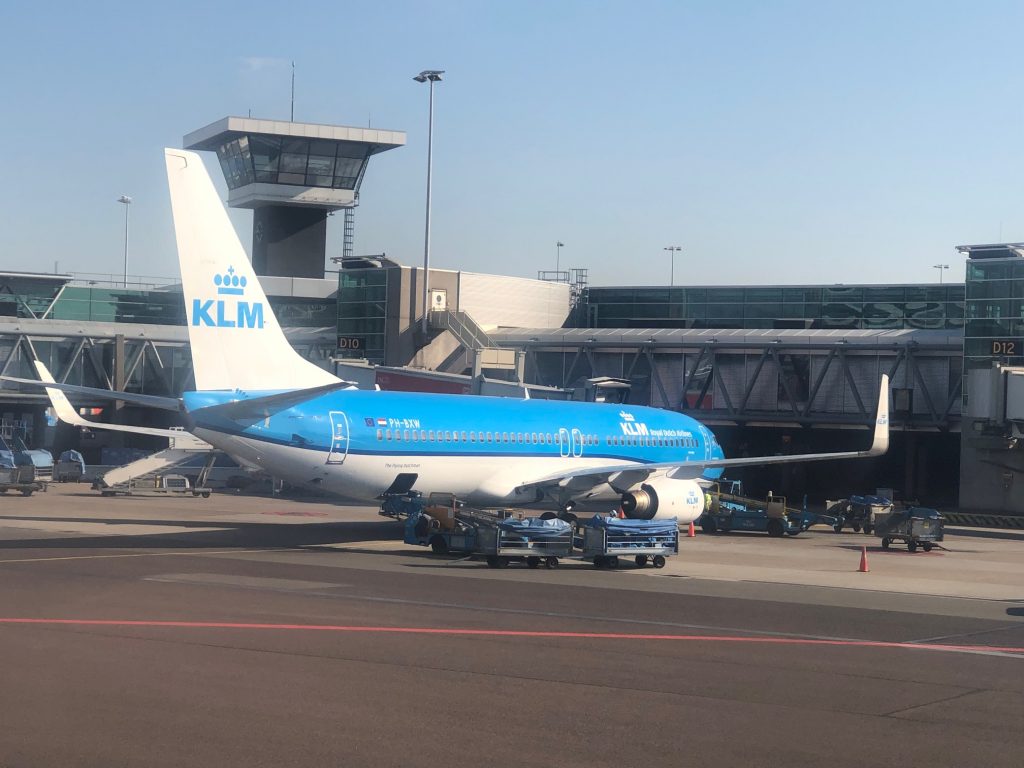The number of flights can only gradually increase in the coming years to a maximum of 540.000 per year if strict conditions are met. Schiphol Airport is allowed to grow from 2021 if the nuisance for local residents decreases drastically and safety is guaranteed.
In shaping her policy, Cora van Nieuwenhuizen, the Minister of Infrastructure and Water Management, is guided by the Coalition Agreement, available research, the results of the various participation processes, the report of the chairman of the Schiphol Environment Council (ORS), Mr Alders , and the advice of the Council for the Living Environment and Infrastructure (RLI).
De direction The long-term development of Dutch aviation will be given in the 2020-2050 Draft Aviation Note that will be published after the summer. As far as the Minister is concerned, quality is central to aviation policy and she is fully committed to a new balance between the quality of the living environment and the quality of the network of international connections. Clear agreements, clear rules and strict enforcement are necessary for this.
Earning growth through demonstrable nuisance reduction
Growth is also important for Schiphol's competitive position. Growth is only possible if this is demonstrably safe and if this is accompanied by demonstrable reduction of nuisance and improvement of the quality of the living environment.
Safety is paramount. Schiphol can only develop further if this is demonstrably safe. As promised earlier, the evaluation of the OVV recommendations and a separate investigation by NLR must demonstrate that safety risks have been adequately addressed integrally and structurally and whether, and with what measures, the intended development of Schiphol as proposed in LVB-2 can demonstrably take place safely for years.
“Regardless of the further development of Schiphol, it is important to tackle the emissions of harmful emissions from aviation, such as CO2, nitrogen and (ultra) particulate matter. I have described my approach to reducing CO2 emissions in the letter on sustainable aviation. ”
Fewer night flights
Reduction of the nuisance can be achieved, for example, by a stepwise reduction in the number of night flights. The exact extent of this reduction for the coming years is being worked out in more detail. The ambition is to achieve a substantial limitation of the number of night flights.
More nuisance in the edges of the night due to shifting of night flights will not be allowed.
The Draft Aviation Memorandum will be published, together with the EIA plan and the Response Memorandum, after the summer. Then the formal consultation period starts, after which the Aviation Memorandum is determined and presented to your House.



